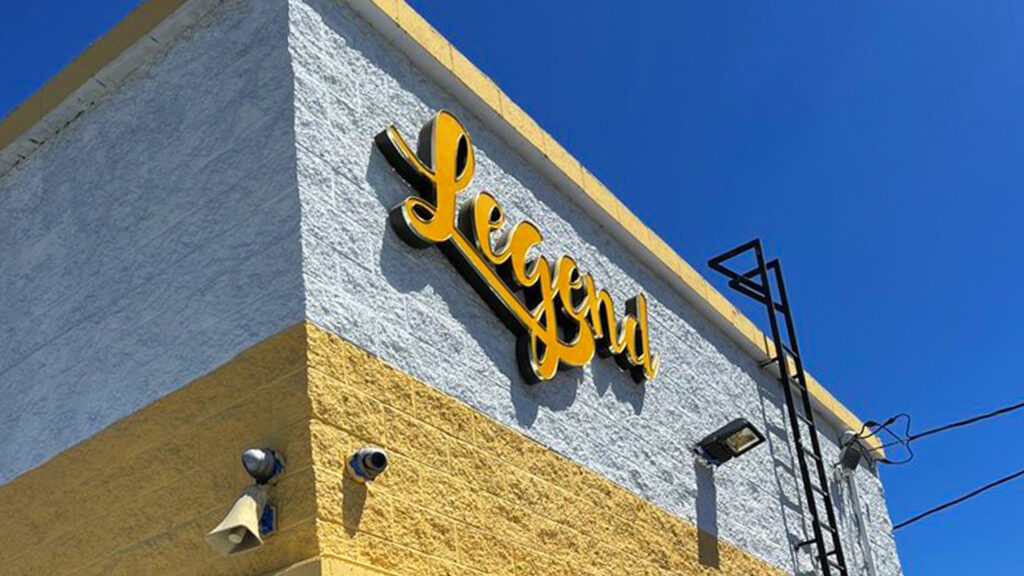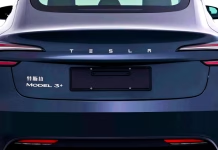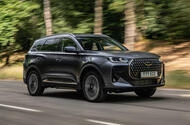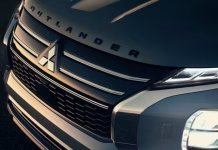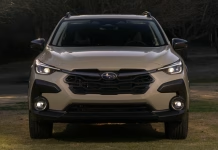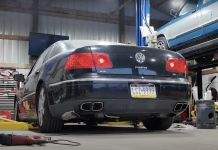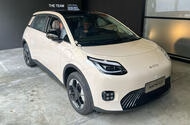Tesla Unveils Model 3+ in China With Record-Breaking Range to Tackle Fierce EV Competition
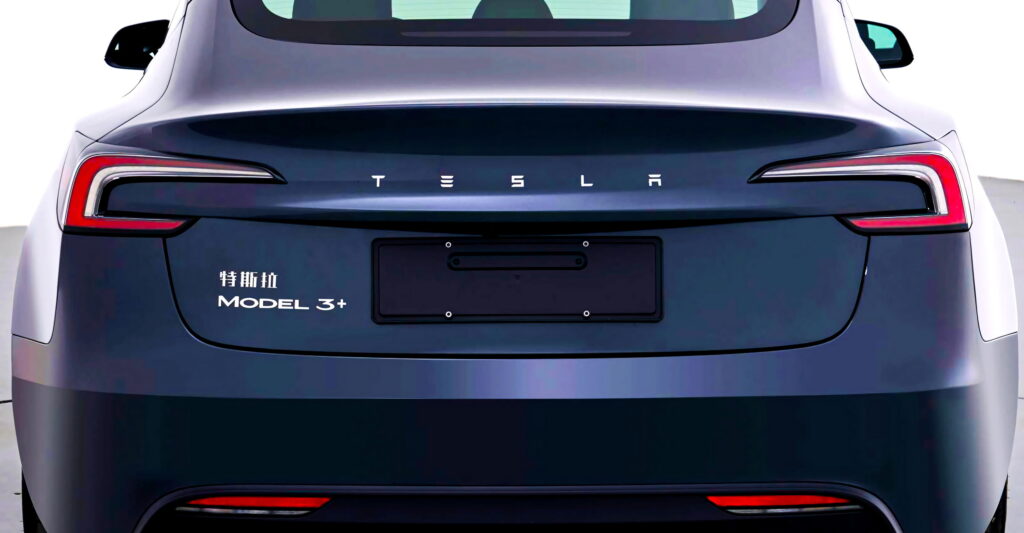
Chery Launches Tiggo 7 and Tiggo 8 SUVs in UK With Hybrid Power and...
 Brand announces its complete launch line-up; Tiggo 7 gets petrol and PHEV options
Brand announces its complete launch line-up; Tiggo 7 gets petrol and PHEV options
Chinese giant Chery has confirmed its UK launch line-up will comprise the Tiggo 7 and Tiggo 8 SUVs, with the former priced from £24,995.
The Tiggo 7 is positioned as a Dacia Bigster rival, offering the choice of pure-petrol or plug-in hybrid power.
The turbocharged 1.6-litre petrol unit puts out 145bhp and 203lb ft, giving a 0-62mph time of 9.4sec.
The PHEV, priced from £29,995, employs a 1.5-litre petrol engine with two electric motors (one per axle), and an 18.3kWh lithium-iron-phosphate (LFP) battery supplied by CATL. The set-up combines for outputs of 201bhp and 269lb ft, giving a 0-62mph sprint time of 8.5sec. It can drive 56 miles under electric power alone and emits 23g/km of CO2, placing it in the 9% benefit-in-kind tax band for company car users for 2025-2026.
Two trim levels will be offered, named Aspire and Summit. The former is the entry level, bringing synthetic-leather upholstery, dual-zone air conditioning, adaptive cruise control and a six-speaker Sony sound system. Summit upgrades the stereo to eight speakers and adds ventilated front seats, a heated steering wheel and hands-free boot opening.
Both get two 12.3in displays – one for instrumentation, and the other an infotainmet touchscreen.
It comes after Chery last week confirmed it will bring the seven-seat Tiggo 8 to the UK, too.
The Tiggo 8, pictured below, brings the same powertrains, but prices have yet to be disclosed.
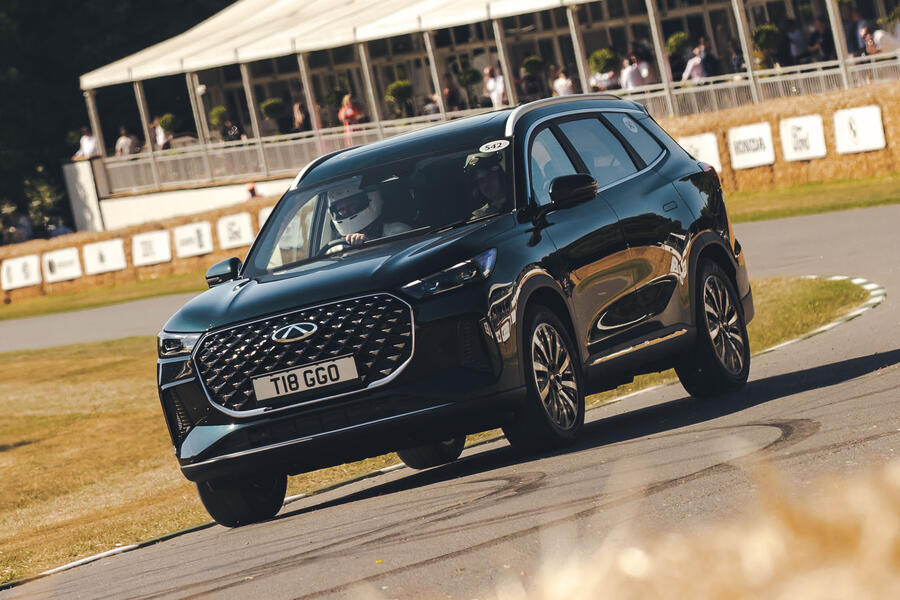
Both cars get a seven-year, 100,000-mile warranty.
Chery's decision to bring its self-named brand to the UK means it will have launched five marques here. Omoda and Jaecoo were first to arrive in 2024, and the value-focused Lepas and off-road-biased iCaur (known as iCar in China) brands are due in the coming months. Chery is also the driving force behind the revival of Freelander with JLR.
Tokyo Drift Legend Mazda RX-7 Sells for $1.22 Million as Ultimate Movie Car Icon
New Tax Break Lets You Deduct Up to $10,000 in Interest on American-Made Car...
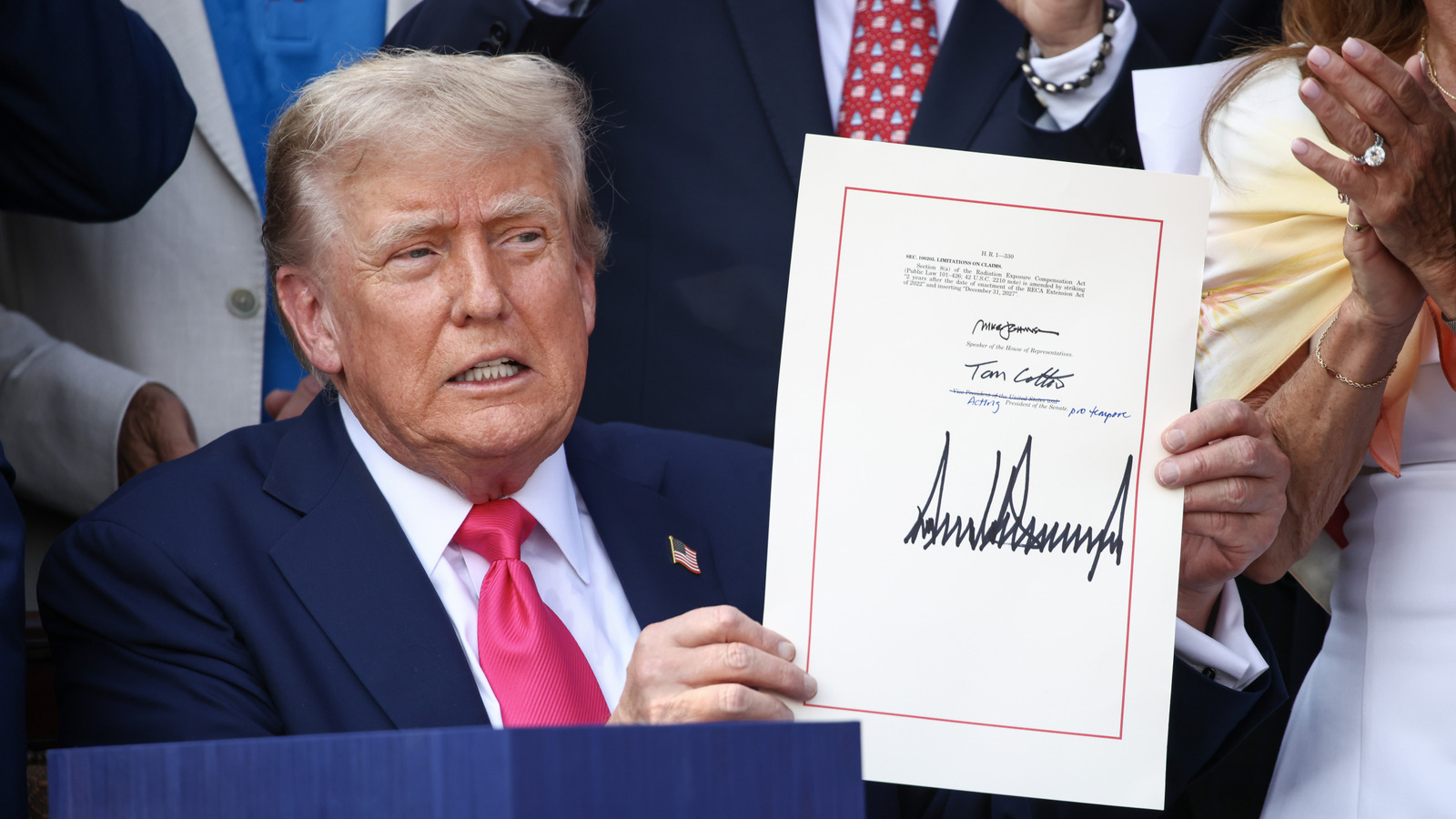
Mitsubishi Revamps 2026 Lineup with Hybrid Outlander and Bold New Features
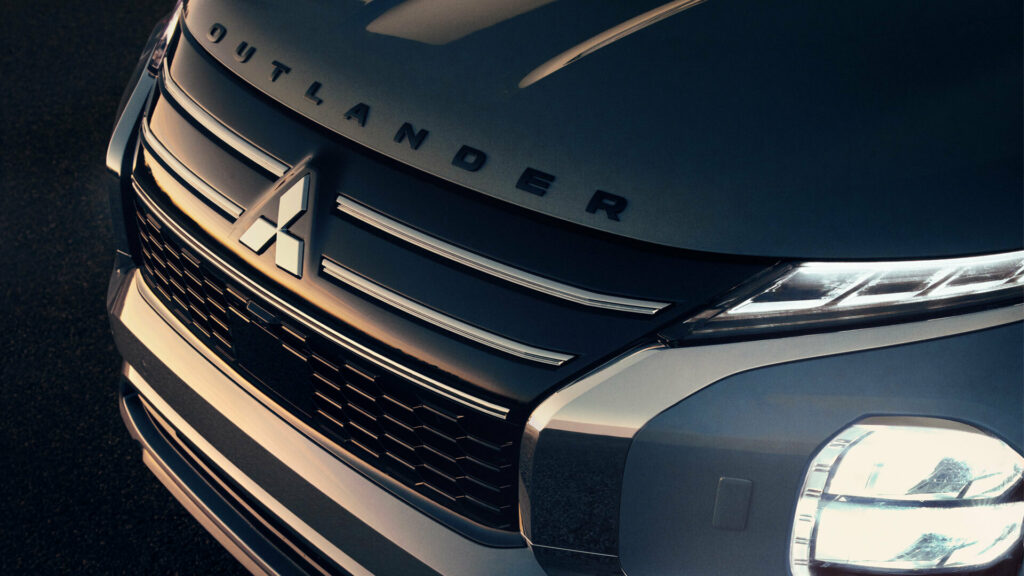
Senator Proposes Law Requiring Military Aircraft to Keep Flight Tracking Active
2026 Subaru Crosstrek Debuts With Hybrid Power and Upgraded Features
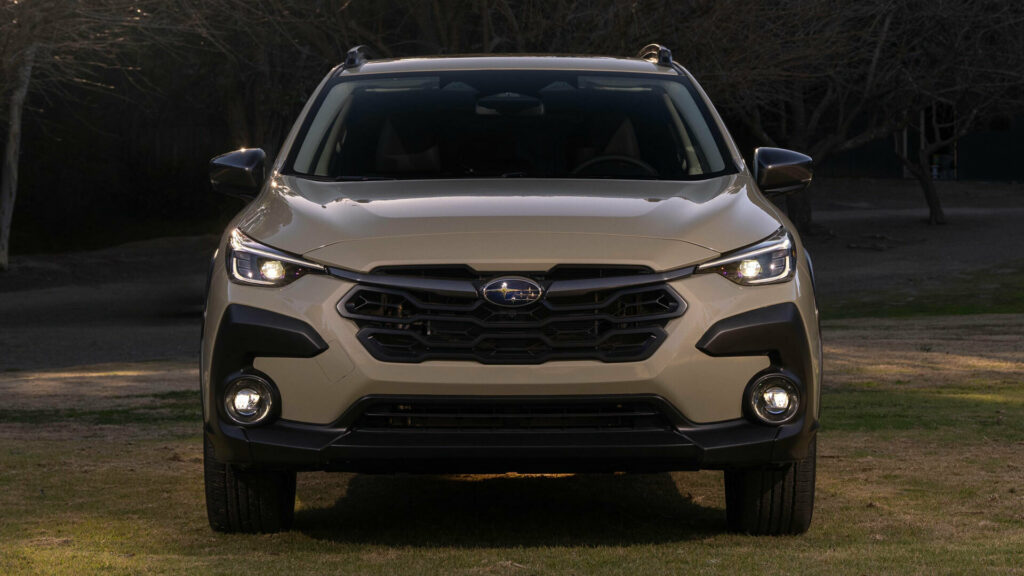
Unleash the Roar of the Volkswagen Phaeton W12 and Rediscover Driving Thrills
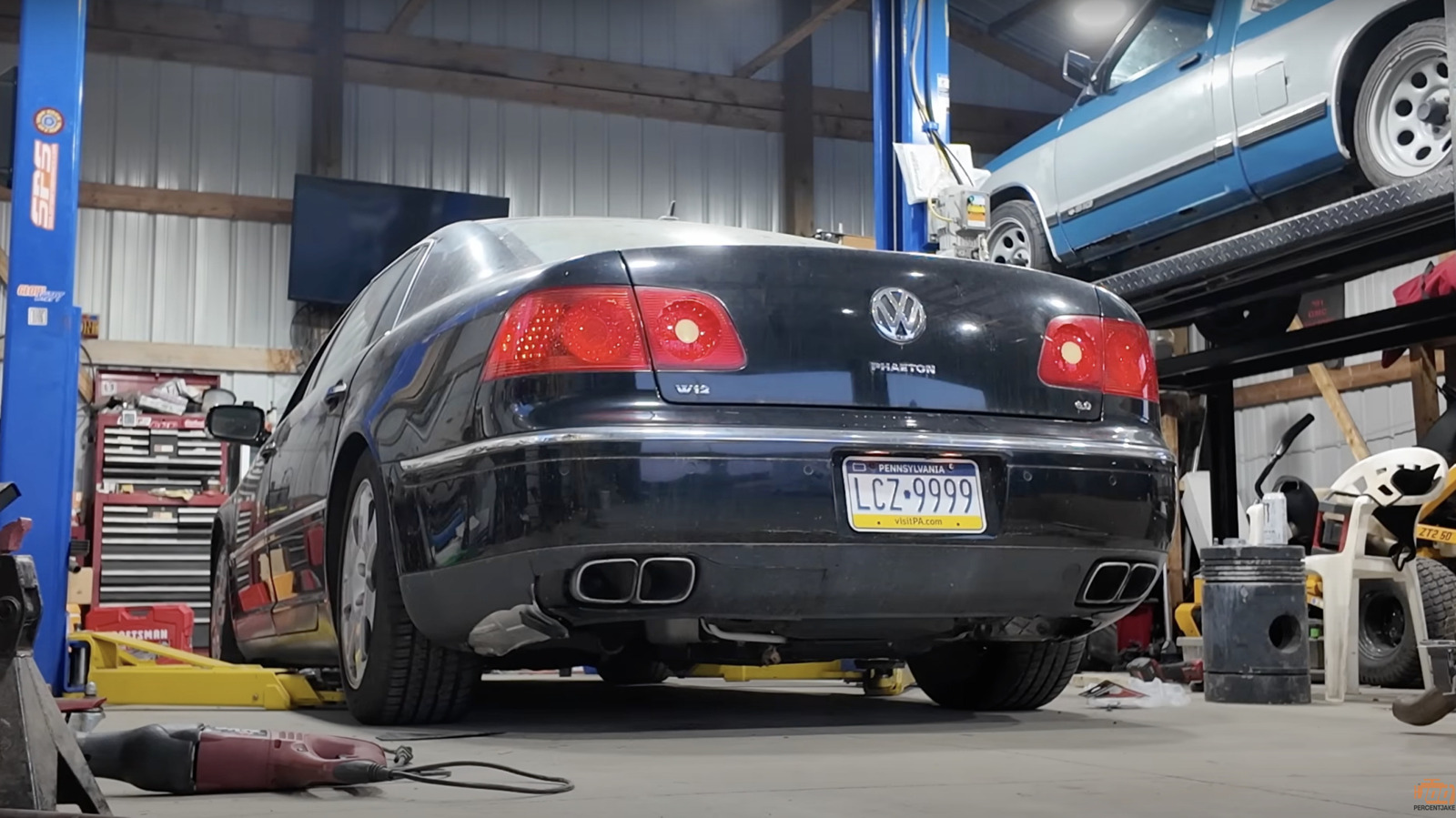
Chinese Automaker GAC Targets UK Market With Affordable Electric Hatchback and SUV Launch
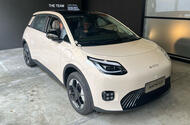
The GAC Aion UT is billed by its maker as "China's version of the Mini"State-owned car maker – a partner of Honda and Toyota – plans to undercut established EVs here
GAC, one of China’s biggest car makers, will launch in the UK early next year with an electric hatchback and an SUV aimed squarely at Volkswagen's ID 3 and ID 4.
The firm's announcement confirms Autocar's exclusive report that it was planning an imminent launch here, with the firm viewing the UK as an especially bountiful growth market for EVs.
As previously reported, the joint-venture partner of Honda and Toyota – which sold just over two million cars last year – plans to undercut established brands on price to attract buyers.
The smaller of its first two models is the Aion UT hatchback, which is billed as “China’s version of the Mini”.
Designed to suit city commuters, it's slightly longer and wider than the ID 3 – a decision informed by Chinese buyers’ expectations of interior space.
It is priced from the equivalent of just £7500 in its homeland but is expected to cost significantly more in the UK, due to the cost of shipping the car across the globe, plus taxes.
But, according to GAC COO Thomas Schemera – previously a leading figure at Hyundai’s N performance division and at BMW before that – the Aion UT must come in at a competitive price to generate any traction in a difficult market.
“From a price positioning point of view, to be higher than other competitors which have a well-established brand, that would be very challenging,” he said.
“Let me put it this way: we have to be smart and clever here to put our morals on the streets and also to simultaneously build the brand, not just with the product presence but supported by campaigns.
"As long as our brand value is on such a low level, we have to do everything to increase it.
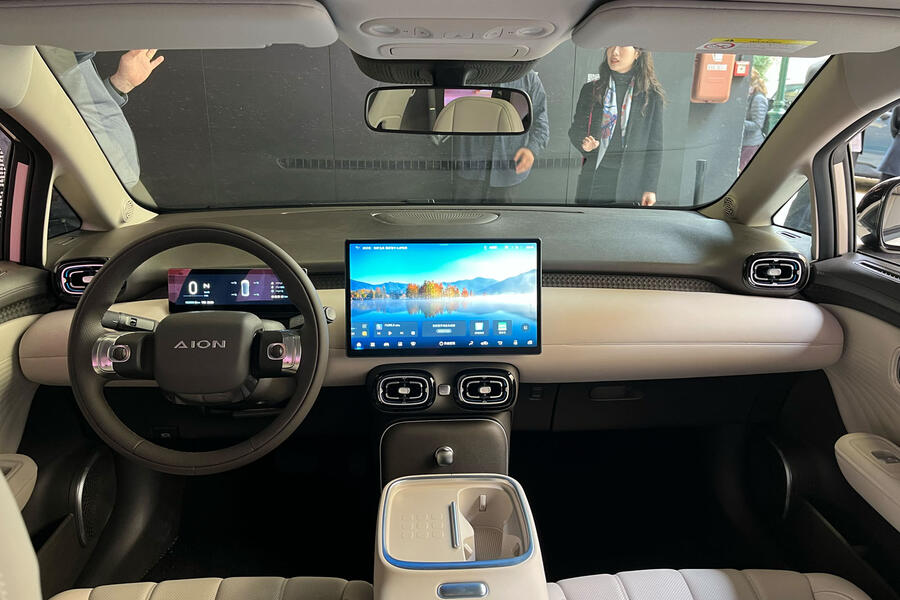
“With this mechanism, you can also increase the price step by step for your products. But first of all, you have to build confidence.”
To that end, the Aion UT is expected to land in the UK in the mid to high £20,000s. This would significantly undercut the ID 3 (£30,795), aligning it more closely with the MG 4 EV and upper-spec versions of the Renault 5.
UK specifications have yet to be confirmed, but in China, it employs a front-mounted 134bhp electric motor and a 60kWh lithium-iron-phosphate (LFP) battery, yielding a range of 267 miles.
Inside, the dashboard is dominated by a 14.6in infotainment touchscreen, which is used to operate key functions such as the climate control.
There is also an 8.8in digital instrument panel that shows critical information such as the car’s speed and range.
In keeping with a Chinese trend, the front seats can be folded flat to form a bed-like arrangement with the rear seats.
The hard plastics throughout the interior are moulded to lift perceived quality. For example, the window sills give the impression of stitched leather, while the backing of the door cards has a geometric finish, as if to mimic carbonfibre.
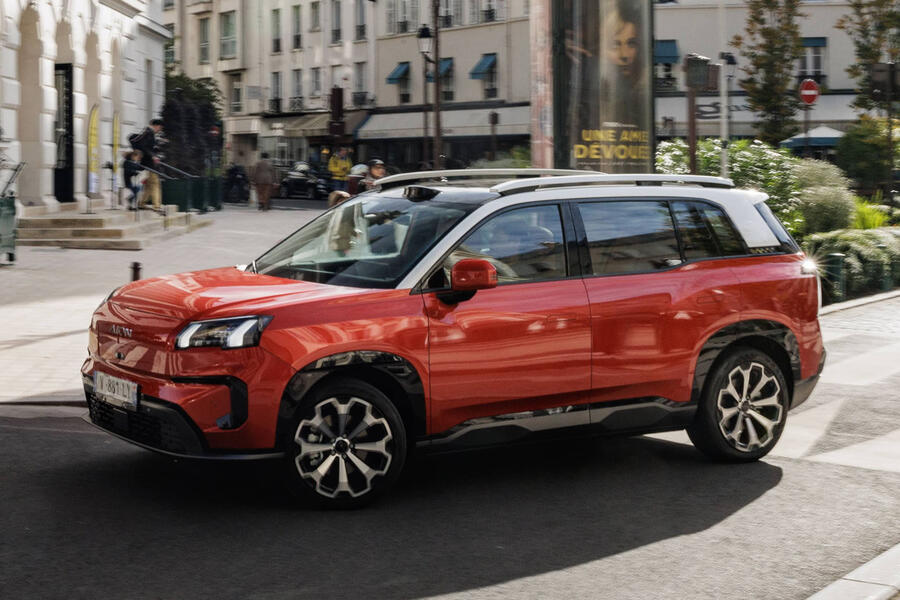
Arriving alongside the Aion UT is the Aion V, a Tesla Model Y and Skoda Enyaq-rivalling electric SUV revealed at last year’s Paris motor show.
It gets a 224bhp motor and a 90kWh LFP battery, giving a range of 324 miles.
In addition to EVs, GAC intends to launch a range of hybrids, plug-in hybrids and “in some cases” pure-ICE cars.
The cars will be sold in the UK through a new joint-venture between GAC and Jameel Motors.
Jameel also retails Farizon electric vans through a separate tie-up with Geely.
Q&A: Thomas Schemera, chief operating officer, GAC Motor

What sets GAC apart from its rivals?
“First and foremost, our premium quality. This is nothing outstanding, because every customer expects premium quality, but we have run joint ventures with Toyota and Honda and we learned the ropes from the beginning. If you take a walk through our facilities – especially for Aion [models] – and have a look at our production, we really know how lean production works. Quality is not just a word: we take it very seriously from a customer perspective.”
What are your expectations for GAC's European launch?
“If you enter a marketplace and your brand awareness is low, you have to build brand awareness. The second step is to interact with customers – walking through this valley of tears, so to speak. You have to invest and you have to be absolutely aware that you cannot make money from the very beginning: this is impossible.”
Why headquarter your design operations in Milan specifically?
“I’m a big fan of globalisation. It’s very, very important from a Chinese perspective to understand globalisation, to want to know what our consumer benefits from across the world, and we have a lot of diversity. Not everything that works in China can be shifted across to another market, and that has to be very clearly understood - and vice versa.”
GAC Hyperluxury concept harks back to Bugatti Type 57SC
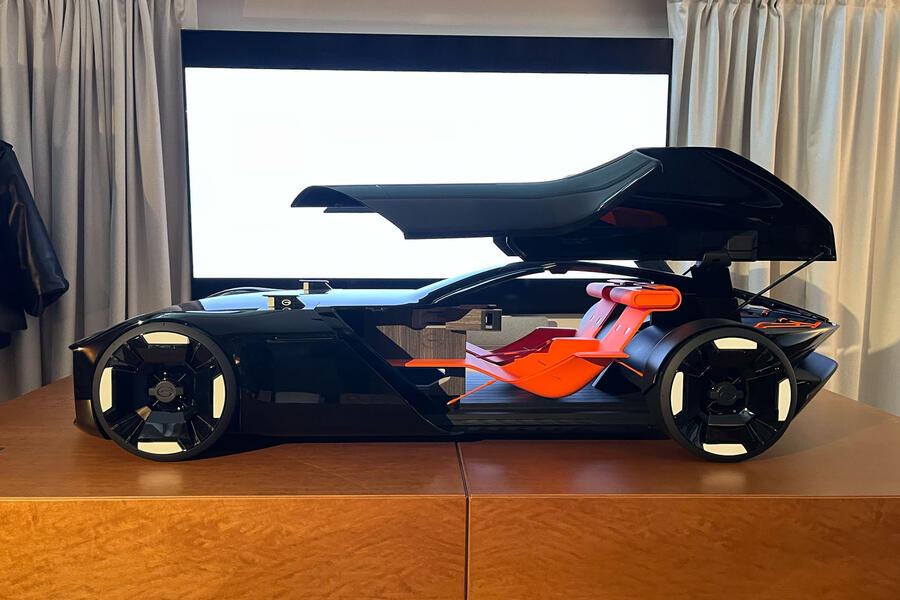
As well as fleshing out plans for global expansion, GAC has shared its vision of a personal luxury car inspired by the legendary Bugatti Type 57SC, Concorde and Chanel handbags.
The Chanel inspiration manifests in the Hyperluxury concept's livery: a black exterior largely free of branding (limited to the shrouds on the wing-mounted pop-up headlights) is contrasted against a bright orange interior, with a huge GAC logo embossed into the dashboard.
The seats are inspired by the minimalist look of the famed Le Corbusier LC4 lounge chair, first produced in 1928, and contain zero heating or cooling elements. The driver is instead supposed to wear a large jacket containing these functions – a reference to the bold outfits worn by motorists in open-top cars throughout the 1920s and 1930s.
Instead of a traditional key, the car is opened and started using a gold ring that the driver can wear as a piece of jewellery.
GAC executives added that the concept was designed without the assistance of artificial intelligence (AI) tools.
Stephane Janin, design director for GAC's Milan studio, said: “We thought it should be human-made, because we compare it with luxury goods, and we thought that's a value we should work on for this very specific project. It was interesting for us to ask ourselves: 'what does hyperluxury mean nowadays?'”
GAC has no plans to produce the car, however.
Los Angeles Police Bust Illegal Towing Ring, Recover Over 140 Stolen Cars
